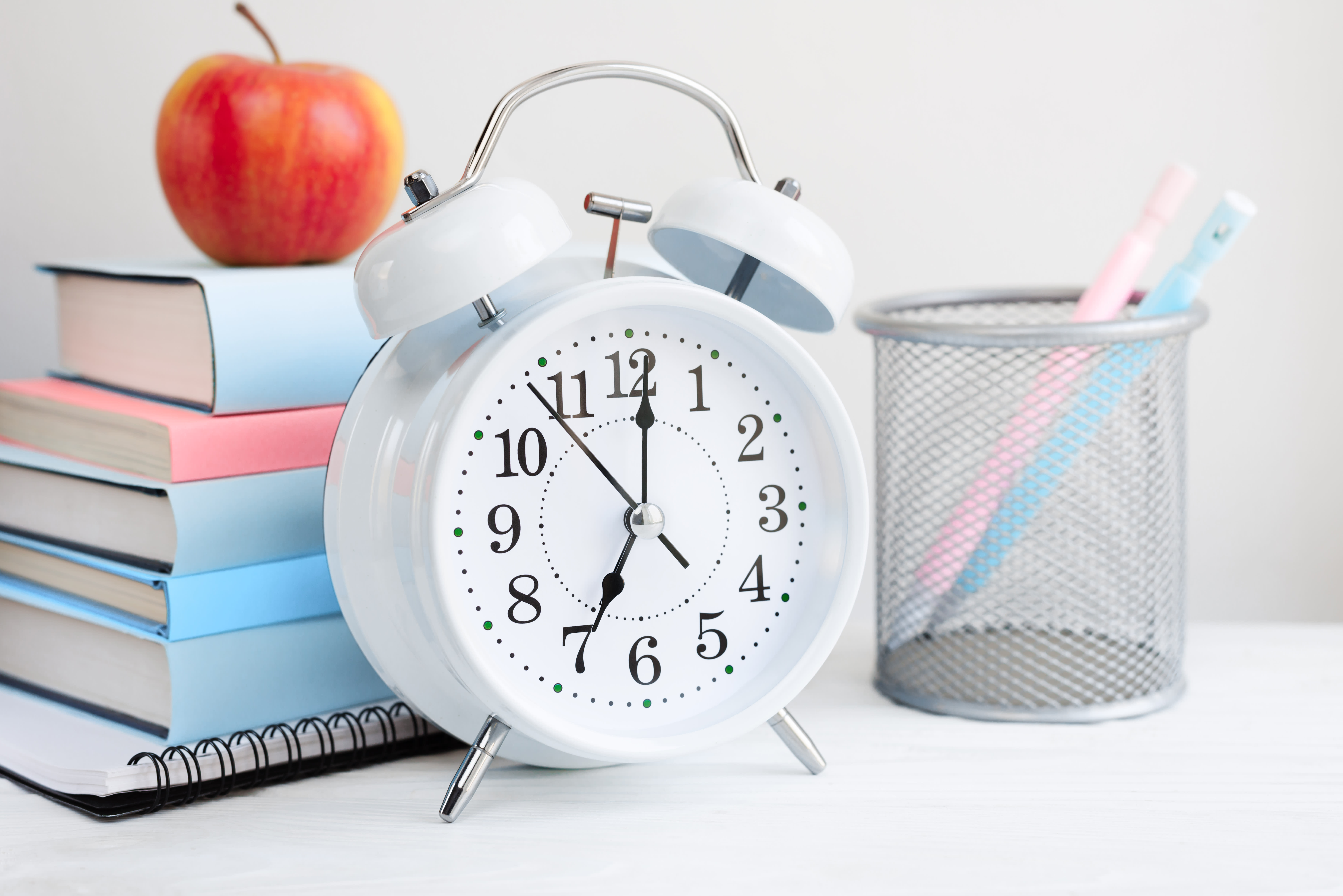
Serhii Shleihel | iStock | Getty Images
Here’s what you probably shouldn’t do with that extra money now that you don’t have to pay your student loan bill until October: Sink it all into shares of GameStop.
But there are financially sound actions you can take with the additional cash, and you’ll likely thank yourself for down the road. (They may not sound as exciting as day trading, but these suggestions are also much less likely to lead to steep losses — and heart palpitations.)
The U.S. Department of Education has said federal student loan borrowers don’t need to pay their monthly bills for another eight to nine months. And during that break, interest accrual is suspended.
More from Personal Finance:
College can cost as much as $70,000 a year
Under Biden, free college could become a reality
At Georgetown, tensions rise over distance learning
Of course, many people find themselves without a job during the crisis, and even with the reprieve from student loans, they will be struggling to keep up with other bills. But for those who haven’t seen a major drop in income, the deal offers the chance to redirect the money to savings, debt or other goals. The average student loan bill is around $400 a month.
“This pause extends the opportunity for student loan borrowers to triage their finances, which depends on what matters most to you,” said Anna Helhoski, student loan expert at NerdWallet.com.
Below are some smart ways to use the extra money.
1. Build an emergency savings account
We’re in unprecedented times, and even if you’ve held on to your job until now, you don’t know what could happen over the next few months. Experts say it’s more important now than ever to have a healthy savings account to fall back on.
“More than a third of American workers have lost their jobs during the pandemic, and it isn’t over yet,” said higher education expert Mark Kantrowitz.
Try to build up at least six months’ worth of expenses in cash should you have to live through a period of unemployment, Kantrowitz said.
To get the best return on your cash, keep your money in a high-yield savings account. Also make sure the account is FDIC-insured, meaning up to $250,000 of your deposit is protected from loss.
2. Pay down any credit card debt
With interest rates on most federal student loans at zero, it’s a good time to make progress paying down more expensive debt. The average interest rate on credit cards is currently over 16%.
However, make sure you have a healthy emergency savings account before you address credit card debt, said Ted Rosman, an industry analyst at Creditcards.com.
That’s because your credit limit shouldn’t be relied on as a safety net.
“Many people had their credit card limits cut unexpectedly over the past year as lenders got especially worried about risk,” Rossman said.
But assuming you have an adequate cash cushion, knocking down credit card debt can save you a lot of money.
Rossman provided an example: If you’re carrying $5,500 in credit card debt and make only the minimum payments each month, you’ll be stuck paying for over 16 years and shell out an extra $6,072 just in interest.
If you dedicate an extra $400 per month for just the next seven months to that balance, however, it’ll trim six years off that schedule — and you’ll save $3,733 in interest by doing so.
3. Continue paying your student loans?
If you have an adequate savings account, and no credit card debt, it may make sense to continue paying down your student loans even during the break.
With interest temporarily suspended, any payments will go directly toward your debt’s principal, potentially shortening your repayment timeline.
“You could continue making payments each month by contacting your servicer, or save the money and make a lump sum payment on your highest interest loan before interest accrues again when repayment restarts,” Helhoski said.
There’s a big caveat here though: If you’re enrolled in an income-driven repayment plan or pursuing public service loan forgiveness, you don’t want to continue paying your loans.
That’s because months during the government’s payment pause still count as qualifying payments for those programs, and since they both result in forgiveness after a certain amount of time, any cash you throw at your loans during this period just reduces the amount you’ll eventually get excused.
4. Other options
alexsl | E+ | Getty Images
Some borrowers may want to invest the extra cash. It’s a way to make the most of the money.
For example, if you invested $400 a month over the next eight months, or $3,200 in total, your investment would grow to more than $5,800 in 10 years, assuming a 6% annual rate of return.
Another possibility: If you’re financially comfortable during the pandemic and it doesn’t make sense for you to continue paying down your student loans, then donate the extra cash.
You can make sure an organization is reputable using tools like the Better Business Bureau’s Wise Giving Alliance or Charity Navigator, Helhoski said. If the charity is registered as a 501(c)(3), you’ll be eligible for a tax break.



